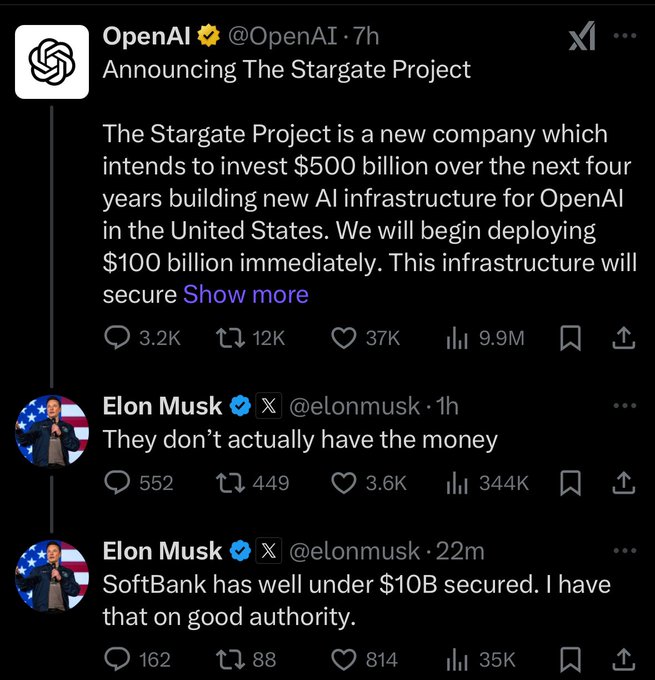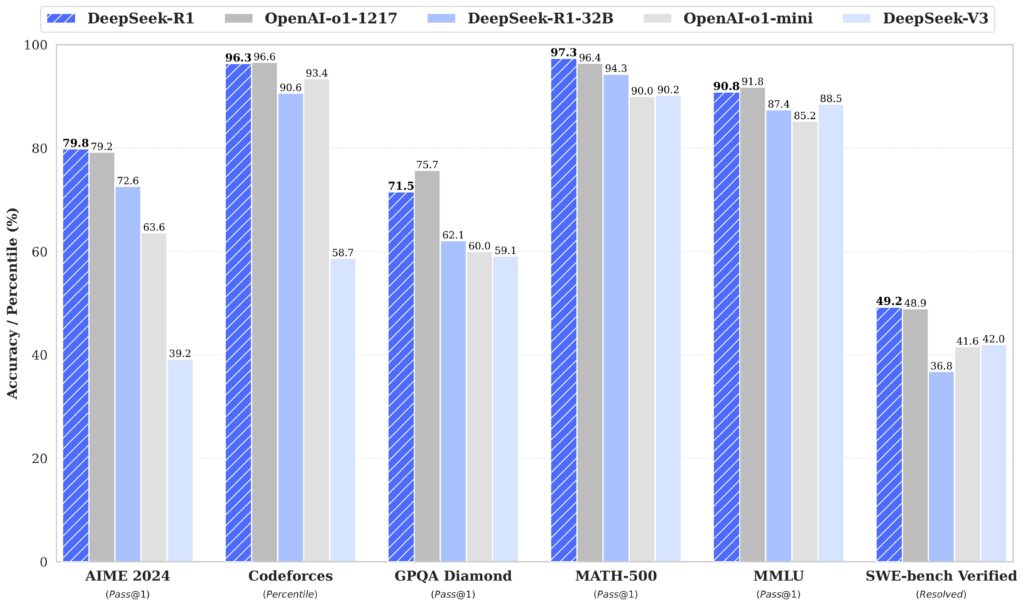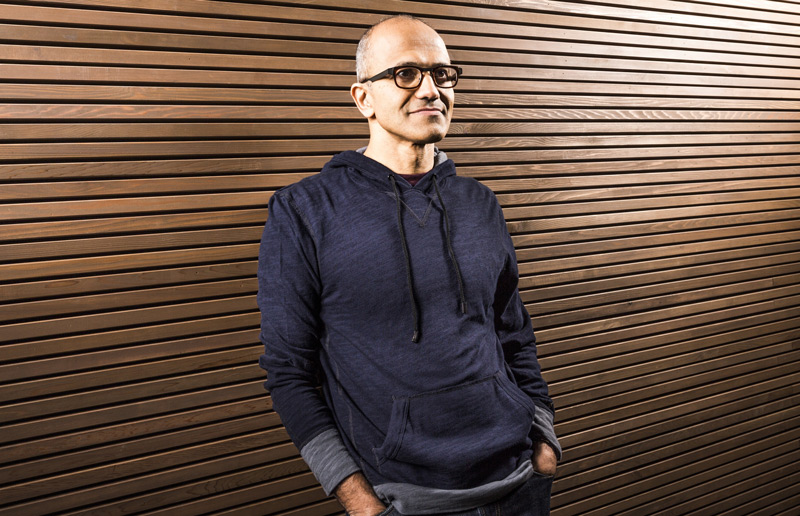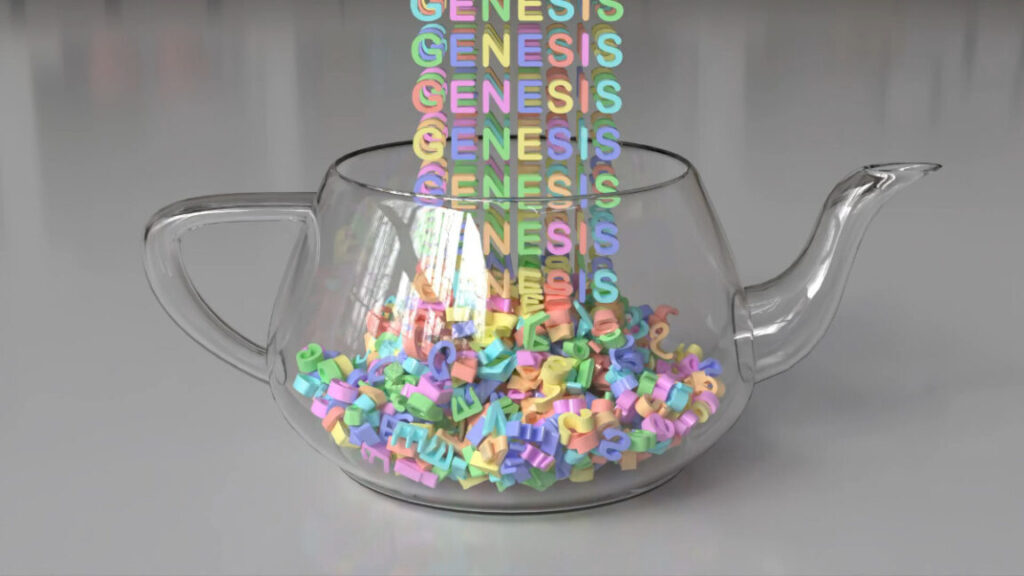Anthropic chief says AI could surpass “almost all humans at almost everything” shortly after 2027
He then shared his concerns about how human-level AI models and robotics that are capable of replacing all human labor may require a complete re-think of how humans value both labor and themselves.
“We’ve recognized that we’ve reached the point as a technological civilization where the idea, there’s huge abundance and huge economic value, but the idea that the way to distribute that value is for humans to produce economic labor, and this is where they feel their sense of self worth,” he added. “Once that idea gets invalidated, we’re all going to have to sit down and figure it out.”
The eye-catching comments, similar to comments about AGI made recently by OpenAI CEO Sam Altman, come as Anthropic negotiates a $2 billion funding round that would value the company at $60 billion. Amodei disclosed that Anthropic’s revenue multiplied tenfold in 2024.
Amodei distances himself from “AGI” term
Even with his dramatic predictions, Amodei distanced himself from a term for this advanced labor-replacing AI favored by Altman, “artificial general intelligence” (AGI), calling it in a separate CNBC interview from the same event in Switzerland a marketing term.
Instead, he prefers to describe future AI systems as a “country of geniuses in a data center,” he told CNBC. Amodei wrote in an October 2024 essay that such systems would need to be “smarter than a Nobel Prize winner across most relevant fields.”
On Monday, Google announced an additional $1 billion investment in Anthropic, bringing its total commitment to $3 billion. This follows Amazon’s $8 billion investment over the past 18 months. Amazon plans to integrate Claude models into future versions of its Alexa speaker.




























